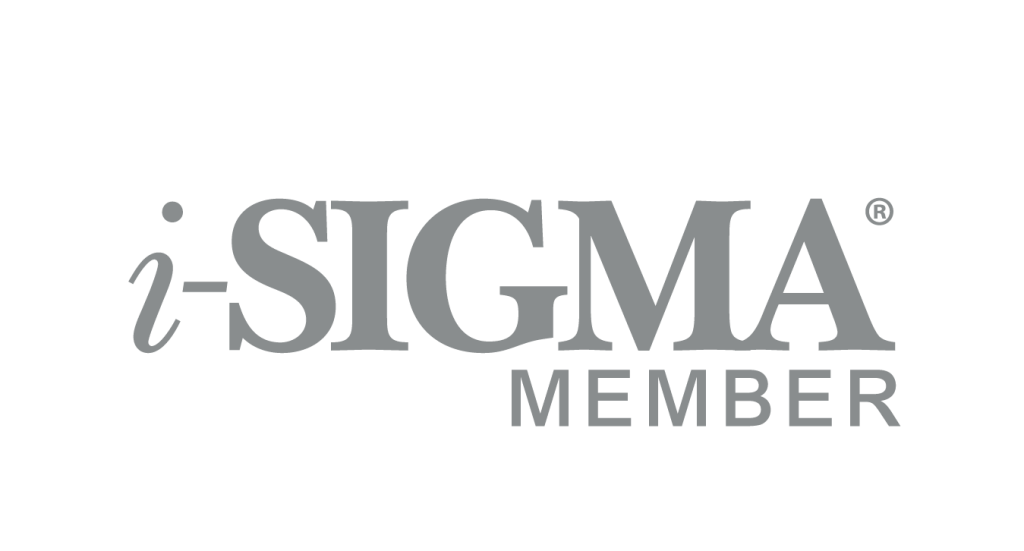
In the evolving landscape of business security, safeguarding information is as crucial as locking the office doors at night. Today, protecting sensitive data isn’t just about robust cybersecurity measures; it’s also about ensuring physical documents are disposed of securely.
Paper shredding is a vital component of data protection. It ensures that confidential information doesn’t fall into the wrong hands. This blog post aims to highlight why every small business needs a shredding strategy, focusing on the importance, practical steps for implementation, and additional benefits.
The Importance of Paper Shredding for Small Businesses
To truly understand the value of a paper shredding strategy, let’s explore how it enhances security, meets legal requirements, and boosts operational efficiency.
Enhancing Security and Privacy
Paper shredding plays a critical role in protecting sensitive information from identity theft and data breaches. When documents like financial records, client information, or employee details are improperly discarded, they can be retrieved and misused by malicious individuals. By shredding these documents, businesses can ensure that confidential data is destroyed and unrecoverable.
Common documents that should be shredded include bank statements, invoices, contracts, and any paperwork containing personal data. Shredding these documents prevents unauthorized access and helps maintain privacy and security.
Compliance with Legal and Regulatory Requirements
Many laws and regulations mandate the secure disposal of documents. Regulations such as GDPR, HIPAA, and FACTA require businesses to handle sensitive information responsibly and ensure its secure destruction. Non-compliance can result in severe consequences, including hefty fines and reputational damage.
For small businesses, adhering to these regulations is just as important as a big corporation. Implementing a paper shredding strategy helps ensure that your business complies with legal requirements, avoiding potential legal issues and maintaining your reputation.
Improving Operational Efficiency
A well-organized workspace is essential for productivity. Shredding reduces clutter and helps create an orderly environment. By regularly disposing of unnecessary documents, businesses can streamline their document management processes, making it easier to locate and access important files. An organized office and desk also enhance security, preventing sensitive documents from being scattered and easily picked up by someone who might use them for fraud.
Shredding also frees up valuable office space, reducing the need for extensive storage solutions. A tidy workspace promotes efficiency and allows employees to focus on their tasks without the distraction of excessive paperwork.
Practical Steps for Implementing a Shredding Strategy
Implementing a shredding strategy involves assessing your business needs, choosing the right equipment or service, establishing a schedule, and training employees.
Assessing Your Business Needs
The first step is to evaluate the types and volume of documents that need shredding. Identify key areas where shredding is most needed, such as finance, HR, and customer service departments. Understanding your business’s specific requirements will help you tailor your shredding strategy effectively.
Consider the sensitivity of the information and the frequency of document disposal. This evaluation will guide your decisions regarding the type of shredding equipment or service you need.
Choosing the Right Equipment or Service
When it comes to shredding, you have two main options: investing in shredding machines or outsourcing to a professional service. Shredding machines come in various sizes and capacities, so choose one that fits your business’s volume and frequency of shredding. One downside of doing it yourself is that it can be time-consuming and may not adequately destroy documents, leaving sensitive information vulnerable.
Outsourcing to a professional shredding service can be more convenient and cost-effective. These services offer secure collection, transportation, and destruction of documents, ensuring compliance with legal requirements. Professional services also provide certification of destruction, giving you peace of mind that your information is handled securely. Shredding companies even offer on-site paper shredding, where it’s done on site right before your eyes.
Establishing a Shredding Schedule
Consistency is key to a successful shredding strategy. Create a regular shredding schedule to ensure ongoing document disposal. Integrate shredding into daily business operations by placing secure, locked shredding bins in strategic locations throughout the office.
Set specific times for shredding sessions, such as at the end of each week or month, to maintain a routine. Regularly scheduled shredding prevents the accumulation of unnecessary documents and promotes a culture of data security within the organization.
Shredding companies offer a service called scheduled shredding where they come and collect documents on a set schedule. This is a hassle-free option that ensures continuous compliance with data protection laws. They even provide secure shredding bins, often at no cost, making it easier for businesses to manage document disposal.
Training Employees on Document Disposal Procedures
Educating staff about the shredding policy and its benefits is an important aspect of your shredding strategy. Conduct training sessions to ensure employees understand the importance of secure document disposal.
Encourage compliance by incorporating shredding procedures into your company’s standard operating procedures. Make shredding bins easily accessible and provide clear guidelines on what types of documents should be shredded. Regularly remind employees about the importance of data security and the role shredding plays in protecting sensitive information.
Additional Benefits of a Shredding Strategy for Small Businesses
Beyond the primary benefits of security, compliance, and efficiency, a paper shredding strategy offers increased trust, credibility, cost savings, and risk reduction.
Increased Trust and Credibility
Protecting client data enhances customer trust and loyalty. When clients know that their information is handled securely, they are more likely to continue doing business with you. A shredding strategy demonstrates your commitment to data protection and builds trust with your customers. It also enhances your business’s credibility and reputation, setting you apart from competitors who may not have such measures in place.
Cost Savings and Risk Reduction
Avoiding data breaches and fines can result in significant cost savings. Data breaches can be financially devastating, with expenses related to remediation, legal fees, and reputational damage. By implementing a shredding strategy, you reduce the risk of data breaches and associated costs.
Long-term financial benefits also come from maintaining a shredding strategy. Efficient document disposal reduces storage costs and minimizes the need for extensive physical storage solutions. Additionally, a shredding strategy helps prevent potential legal issues, further protecting your business’s bottom line.
When you choose a paper shredding company instead of doing it yourself, you get additional cost savings. Outsourcing shredding saves on labor costs, maintenance fees, and equipment expenses. It also frees up valuable office space, allowing you to use it for more productive purposes.
Conclusion
In summary, every small business should prioritize a paper shredding strategy to enhance security, comply with legal requirements, improve efficiency, and build trust with customers. By following the practical steps outlined above, you can ensure that your shredding strategy is tailored to your business needs and effectively implemented.
Take proactive steps to evaluate your current document disposal practices and consider implementing a shredding strategy. For professional assistance, contact Assured Document Destruction and ensure your small business is equipped to safeguard its valuable information.





